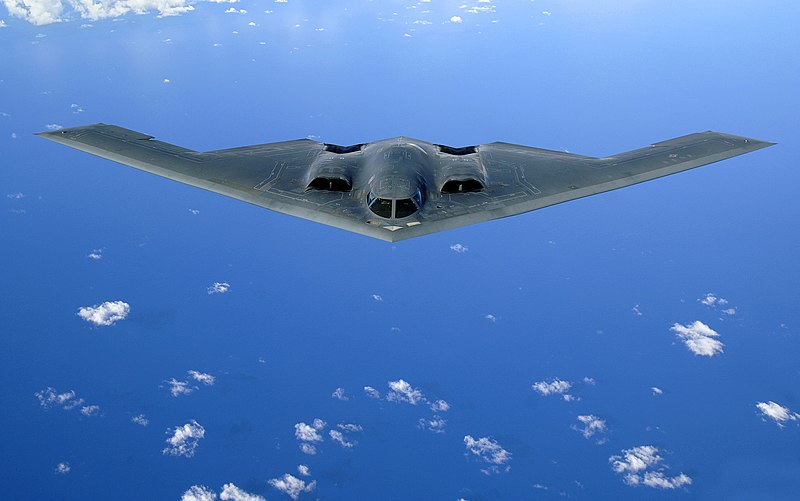 |
| B-2 Spirit Bomber (Wiki Info - Image: Wiki Commons) |
By Franz-Stefan Gady
Few things appear to be cast in stone with the US Air Force’s pet project.
As revealed yesterday, the fiscal year 2016 defense budget request contained $1.2 billion ($ 914 million in FY 2015) for the continuous development of new long-range strike bomber (LRS-B), details of which are scant and remain classified. Only three things appear to be cast in stone: a 2025 in-service-date, a $550-$810 million unit cost (excluding development), and an 80-to-100 aircraft fleet. The rest is speculation. Design and capabilities remain unknown save some obvious ones: the bomber is purported to have stealth capability, carry both conventional and nuclear weapons, and will, in all likelihood, be optionally manned.
The LRS-B, which is supposed to replace the current U.S. Air Force fleet of long-range heavy bombers (the B-1, B-2 and B-52), should above all else be cheap. In 2011, then Secretary of Defense Robert Gates, terminated a more ambitious program, the “Next Generation Bomber” (NGB), because of the high costs associated with it. In 2011, he launched the less sophisticated and cheaper LRS-B program instead. The LSR-B is supposed to mainly be built from “existing technologies” saving the R&D costs associated with new hardware and software. Defense News states that the Air Force may be looking for “something smaller than a B-2, perhaps as small as half the size, with two engines similar in size to the F135 engines that power the F-35, so enhancement programs can also be applied to the bomber.” Two competitors will be bidding for the contract: Northrop Grumman, and a joint Boeing/Lockheed Martin team.
This bidding war will perhaps happen rather sooner than later.
Read the full story at The Diplomat
